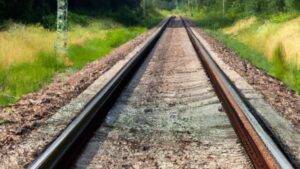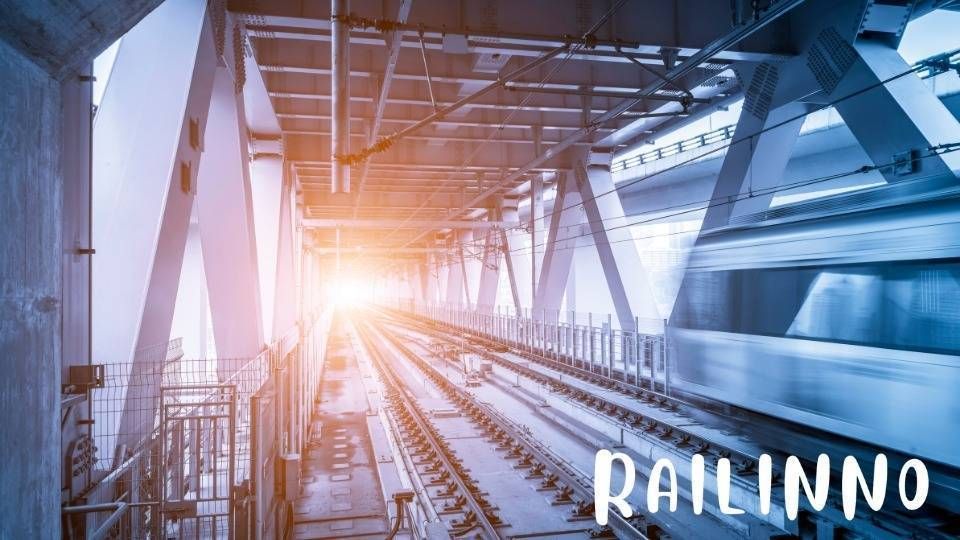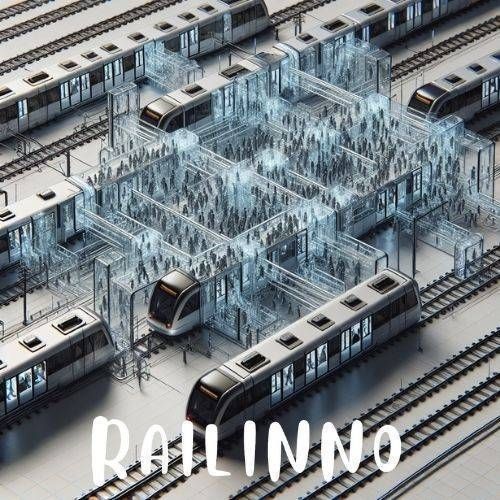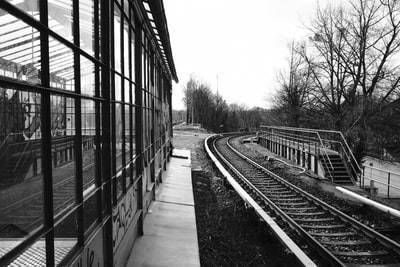Can Railway Sustainability Solutions Lead to a Greener Future?

Are you tired of the everyday rat race of traffic jams and carbon emissions? It’s time to embrace green transportation alternatives and pave the way for a brighter, more sustainable future. The concept of railway sustainability solutions is gaining momentum as cities around the world seek to reduce their carbon footprint and improve air quality.
But can the humble train really lead us to a greener future? The answer lies in the innovative technologies and strategies being implemented by rail companies to make our operations more eco-friendly. From electric trains powered by renewable energy to smart systems that optimize routes and reduce energy consumption, the future of sustainable transportation is looking brighter than ever.
So hop on board and join the movement towards a cleaner, greener world with railway sustainability solutions. Let’s make tracks towards a better tomorrow, one train ride at a time.

Table of Contents
The Benefits of Sustainable Railway Practices
By implementing eco-friendly practices such as energy-efficient locomotives, renewable energy sources, and waste reduction strategies, railways can significantly reduce their environmental footprint. Innovative technologies, like predictive maintenance systems and digital signaling, enhance operational efficiency while minimizing resource consumption. Moreover, sustainable railway practices not only benefit the environment but also create positive social impacts by providing safer and more accessible transportation options for communities. Government policies promoting green initiatives further drive the adoption of sustainable practices within the rail industry. Despite facing challenges such as infrastructure maintenance and cost constraints, the opportunities for sustainable rail transport are vast, offering a pathway towards a more efficient, environmentally friendly, and socially responsible transportation system.
Innovative Technologies Driving Eco-Friendly Operations
Utilizing green transportation is key to combating climate change and improving air quality. Electric trains and hybrid buses are popular examples, as they emit fewer greenhouse gases. Encouraging cycling and walking not only reduces emissions but also promotes physical activity. Collaboration between governments, transport authorities, and urban planners is crucial for creating cleaner cities.
Prioritizing eco-friendly transportation modes and investing in renewable energy are vital steps towards a greener future. Green infrastructure, like bike lanes and electric vehicle charging stations, enhances urban sustainability. As awareness of transportation’s environmental impacts grows, the shift towards green options becomes increasingly important for a cleaner, resilient network.
Social Impacts and Community Engagement Initiatives
Engaging with communities can boost awareness and participation in eco-friendly practices. Initiatives like public transit encouragement, active transportation options, and community-led planning help shape policies that prioritize the environment and fairness. Furthermore, involving residents in green transportation projects creates a sense of ownership. By working together, stakeholders can provide valuable insights into community needs, leading to more inclusive and sustainable transportation systems. Collaborative efforts strengthen social bonds, promote environmental stewardship, and ensure the success of green transportation initiatives in the long run.
Government Policies: Shaping the Future of Railways
Advancements in solar and wind power can help reduce railway carbon footprint. Using smart technologies like IoT sensors can optimize efficiency. Multimodal transportation networks connect railways with buses and bicycles for sustainable mobility. Partnerships among governments, private sector, and communities are crucial for shaping sustainable railways. Collaborative initiatives for green infrastructure, policy frameworks, and public awareness campaigns are key to achieving environmentally conscious railway systems. Embracing innovation, cooperation, and sustainability will ensure a greener and more efficient railway sector for future generations.
Challenges and Opportunities for Sustainable Rail Transport
By implementing eco-friendly practices to reduce our carbon footprint, promoting public transportation for environmental benefits, encouraging innovation in rail technology, and incorporating sustainable solutions for long-term sustainability. Output: This comprehensive approach will help minimize the negative impact of transportation on the environment, improve air quality, and create a more sustainable future for generations to come.
Output: By investing in renewable energy sources for powering trains, developing more fuel-efficient engines, and reducing emissions through technological advancements, we can significantly reduce the environmental impact of rail transportation.
Output: Together, these efforts will help create a cleaner and more sustainable transportation system that benefits both the planet and society as a whole.
voicedrop.ai tagarticly.ai tag
Revolutionizing Rail Transportation: The Impact of Railinno AI In Rail
Imagine a world where trains move seamlessly and effortlessly, guided by the invisible hand of artificial intelligence. Railinno AI In Rail is at the forefront of this revolution, revolutionizing the way we think about rail transportation.
With its advanced algorithms and real-time data analysis, Railinno AI In Rail ensures that trains run smoothly and efficiently, reducing delays and improving overall safety. But it’s not just about efficiency; it’s about sustainability too.
By optimizing routes and reducing energy consumption, Railinno AI In Rail is helping to create a more eco-friendly future for rail operators. It’s a game-changer, a disruptor, a visionary in the world of rail technology.
And with Railinno AI In Rail leading the charge, the future of rail transportation looks brighter than ever.
Frequently Asked Questions
Some examples of railway sustainability solutions include using renewable energy sources for trains, implementing energy-efficient technologies, and reducing emissions through improved maintenance practices.
Railway sustainability solutions can contribute to a greener future by reducing carbon emissions, promoting public transportation as a more eco-friendly option, and minimizing the environmental impact of transportation systems.
Summing Up
As we embark on a new era of transportation, the need for sustainable railway solutions is more pressing than ever. From reducing carbon emissions to improving efficiency, the future of railways lies in innovative technology and thoughtful planning.
Envision a world where trains glide effortlessly through lush landscapes, powered by renewable energy sources and equipped with cutting-edge safety features. The possibilities are endless, and the potential for a greener, more connected future is within reach.
Let us embrace the challenge of creating a more sustainable railway system, one that not only benefits our planet but also enhances our daily lives. The journey ahead will be filled with twists and turns, but with determination and ingenuity, we can pave the way towards a brighter, more eco-friendly tomorrow.
Join us on this exhilarating ride towards a sustainable future; the tracks are laid, the signals are clear, and the destination is nothing short of extraordinary.
More Articles
Categories









Leave a Reply